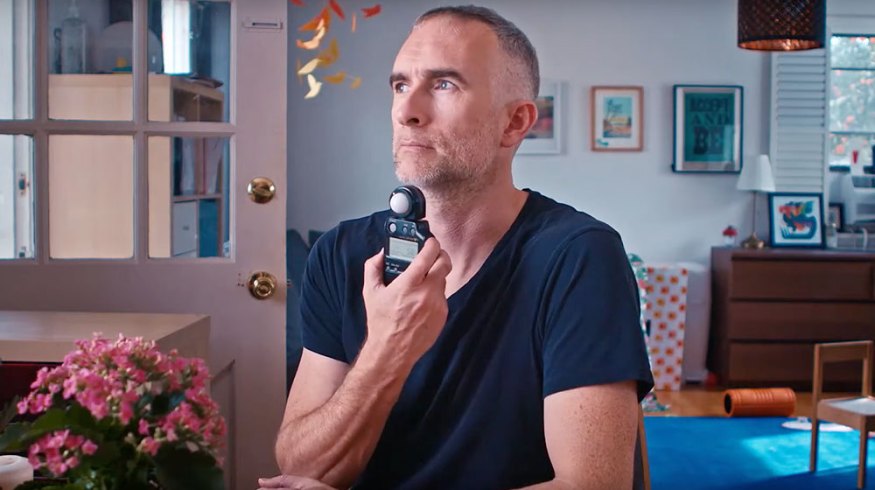
The Hallmark of Comedy: Making Your Talent Pop with High-Key Lighting
In this video tutorial, we take a look at high-key lighting — what exactly it is, when should you use it, and how you set it up.
As much as most DPs love the kind of dark, gritty visuals that win awards, it’s also important to master the brighter, happier side of cinematography. So, let’s take a look at high-key lighting!
The High-Key Look
High-key lighting — when the frame is well-lit and bright — is a hallmark of comedy and variety films (see Bridesmaids in the thumbnail above). Even series comedies, like Unbreakable Kimmy Schmidt, use high-key lighting to make their talent “pop,” portraying a somewhat idealized version of the world.
High-key lighting is all about ratios, or the relative brightness of one side of the talent’s face to the other — and to the background behind them.
In a narrative drama, the bright side of the actor’s face (known as the “key” side) will be about 1.5 to 3 times brighter than the darker side (known as the “fill” side). This creates dimension and drama.
In a high-key look, that ratio will be less than a stop — or less than twice as bright. This lower ratio makes the characters less natural-looking, inviting them to say and do crazy things without breaking character. High-key lighting informs viewers that they’re not in the real world — and the regular rules don’t apply.

In a high-key lighting look, the lighting ratio will be less than a stop from brighter to darker areas.
How to Set up High-Key Lighting
High-key lighting needs a fill light behind the camera, rather than one on the fill side. This eliminates competing shadows, and it doesn’t over-flatter the actor’s face.
Bright color and bright backgrounds are also a signature of high-key lighting. You don’t need to throw every color in the rainbow into the background and wardrobe, but it does help to have a pop of color — especially primary colors like red and blue — to complete the look.
High-key lighting can be difficult to achieve outside of the studio because it’s not just the actor’s marks that need lighting. The entire path of the actor’s movement needs to be bright, preventing them from falling into shadows as they move through the scene.
High-key lighting can be a challenge, but the result is unique, and DPs who can light and shoot it well are in high demand.
Interested in the tracks we used to make this video?
- “Syncro” by Wolves
- “Backbones” by Soulish
- “Wholesome Goodness” by Elizabells
For additional tips and tricks to lighting your project, check out these articles.
- Using Lighting Effects in Premiere Pro
- A Cheap Trick for Lighting a Daylight Interior Car Scene
- Nature’s Lighting: A Guide on Shooting With or Against the Sun
- Sound as Lighting: The Mood-Altering Magic of Atmospheric Royalty-Free Music
- Inside the Electric Department: Lighting, Tools, and Safety Skills





